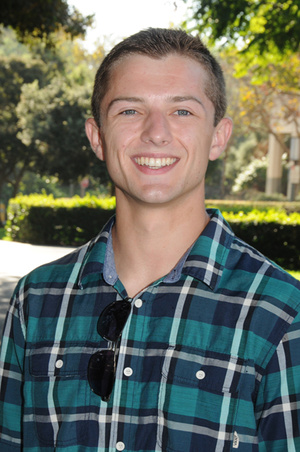Abstract:
Interactions between photons and plasmons have resulted in a hotbed of research activity in the physical sciences, notably through techniques such as white-light and Raman scattering, as evidenced by >10,000 articles published in 2020. In this work, plasmon-mediated linear white-light scattering and nonlinear spontaneous and coherent Raman scattering techniques are explored. In the first part of the thesis, I present studies of white-light scattering from nanostructures assembled using an in-situ SEM-compatible nano-manipulator robot. I discuss the challenges and derive the limitations of manipulating nano-sized objects using the nanorobot, and address geometry considerations related to white-light scattering from the nanostructures. In the second part of the thesis, I present studies of Raman scattering of bipyridyl ethylene (BPE) trapped at plasmonic nanojunctions, formally known as surface-enhanced Raman scattering (SERS). We observed anomalously anti-Stokes-to-Stokes scattering ratios accompanied by enhancement factors on the order of 1011 - 1012. We show that the effect does not arise from sequential Raman excitation, but instead, results from single-beam coherent anti-Stokes Raman scattering (CARS); whereby, the Stokes plasmon acts as the intracavity stimulating field. I carry out conventional two-beam surface-enhanced CARS (SE-CARS) measurements in the frequency and time-domains and show that the single beam limit can be reached by attenuating the incident, extracavity Stokes field.
Speaker:
Institution:
Location:

